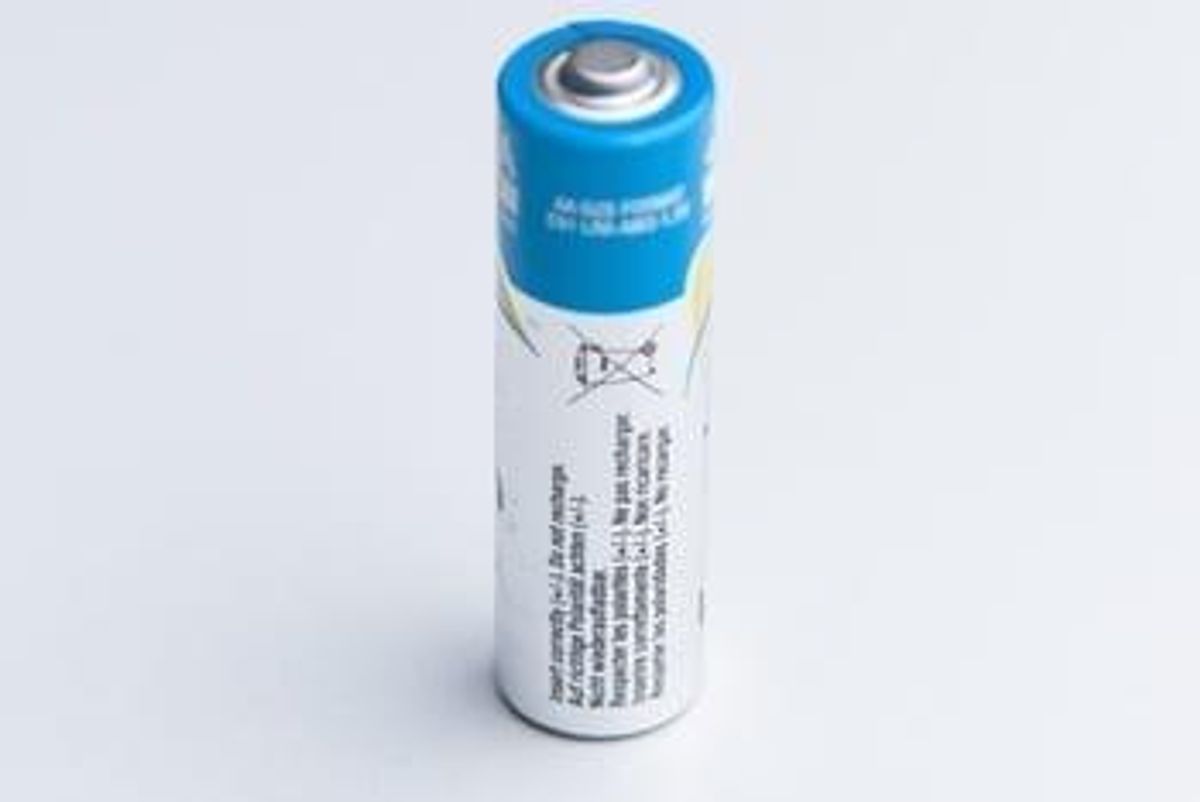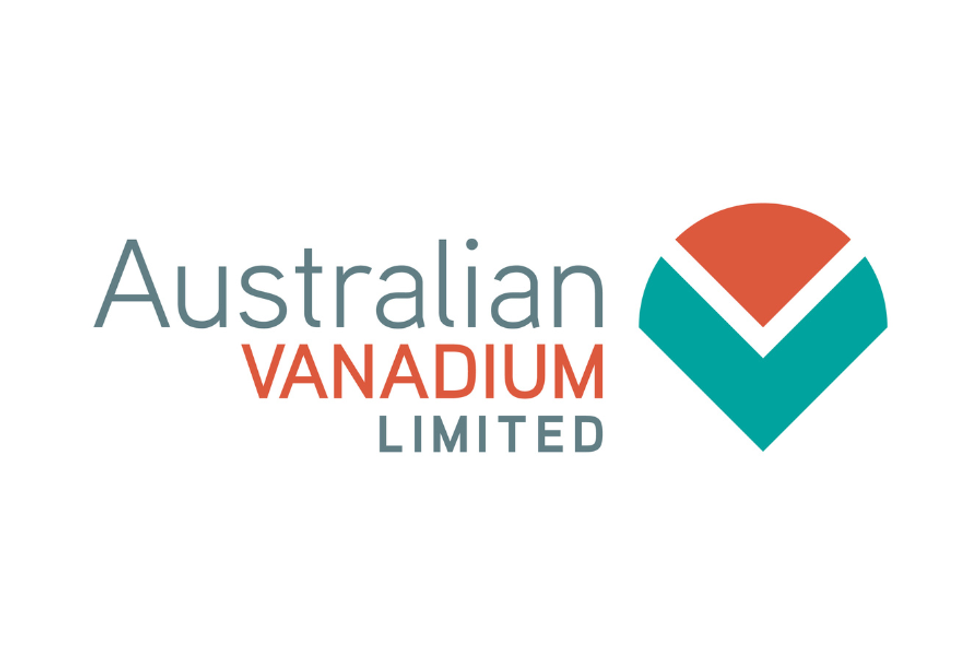
Lithium batteries may reign supreme when it comes to cellphones, laptops and electric vehicles. But for larger-scale energy storage, some are looking at alternative metals and technologies.
Lithium batteries may reign supreme when it comes to cellphones, laptops and electric vehicles. But for larger-scale energy storage, some are looking at alternative metals and technologies.
Enter Vanadium redox batteries. First successfully created by Dr. Maria Skyllas-Kazacos of the University of New South Wales in the 1980’s, Vanadium redox flow batteries use sulfuric solutions to power themselves. A vanadium electrolyte passing through a proton exchange membrane allows the battery to work, with a solution filling two tanks on either side.
Unlike other batteries – such as those of the lithium-ion variety – vanadium redox batteries don’t wear out. Testing has shown they can be charged and have 200,000 charging and discharging cycles, with research suggesting an infinite lifetime.
However, vanadium redox batteries are quite a bit bulkier than other types. As Cleantech Canada explains, vanadium redox batteries are not ideal for smaller scale, mobile applications, but they definitely fit the bill when it comes to large scale storage projects, or smaller scale microgrids.
For a long time, commercial development of vanadium redox batteries was stymied due to a lack of interest in energy storage, and also to patents that stopped companies from advancing their own models. However, there could be a change on the horizon for vanadium redox.
Vanadium redox batteries on the rise?
Skyllas-Kazacos stated in 2014 that countries like Japan and Germany had started providing subsidies to the energy storage industry. In Japan, a need for energy storage rose in the wake of the Fukushima nuclear accident in 2011. Specifically, Sumitomo (TYO:8316) is aiming for commercial production of vanadium redox batteries.
From a consumer point of view, vanadium redox batteries could provide a helpful energy storage solution that would allow households to avoid exorbitant prices for electricity rates. Skyllas-Kazacos also pointed out that the batteries would create power during off-peak periods and then allow people to use the power up during more expensive peak times.
Vanadium required
Of course, those producing vanadium redox batteries will need a steady supply of Vanadium to make the technology work. One vanadium redox battery requires six to eight kilograms of vanadium per kilowatt hour, so a 10 megawatt per hour battery would need 60 to 80 tonnes of vanadium.
The bulk of the world’s vanadium supply currently comes from South Africa’s Bushveld complex, and from China and Russia, though a small amount is also produced in North America as a by-product from oil production and from oil residue. However, other countries are bringing projects online as well.
Largo Resources (TSXV:LGO), which operates the Maracas Menchen vanadium mine in Brazil, recently signed a memorandum of understanding (MOU) with Vionx Energy, a producer of Vanadium Redox Batteries. The MOU outlines terms for discussions over the next three months that may lead to a definitive supply agreement for Largo.
That agreement would be the first of its kind between a vanadium redox battery company and a vanadium producer.
Largo continues to up its production at Maracas Menchen. It announced on July 5 that it had achieved a new monthly production record of 801 tonnes of vanadium pentoxide, topping the previous record by 3 percent.
Don’t forget to follow us @INN_Resource for real-time news updates.
Securities Disclosure: I, Teresa Matich, hold no direct investment interest in any company mentioned in this article.

